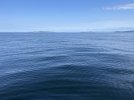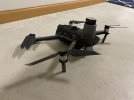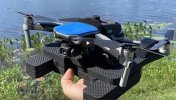Thank you Meta 4, this resolves the question of why the forced landing didn’t occur earlier in the flight since those 2 conditions are required, low vps and stick down. I’ve reviewed the log again, and see that I had only 10% stick down for 1/2 second with low vps earlier in the flight (3m34s) whereas later I had full stick down for 2 sec , with low vps when the force landing was triggered (4m6s). So I guess the first instance was not long enough or not enough stick to trigger landing.
Also, based upon further testing and input from the dji forum, it now appears the faulty height was due to fog. I’ve tested with the stick and it gives accurate height readings in clear weather. The day of the incident, it was quite foggy. Surprised it would have such an effect but apparently it does.
I’ve also learned that forced landing can be aborted with stick up. I guess I panicked and failed to execute stick up.
thanks for your input !
Also, based upon further testing and input from the dji forum, it now appears the faulty height was due to fog. I’ve tested with the stick and it gives accurate height readings in clear weather. The day of the incident, it was quite foggy. Surprised it would have such an effect but apparently it does.
I’ve also learned that forced landing can be aborted with stick up. I guess I panicked and failed to execute stick up.
thanks for your input !















